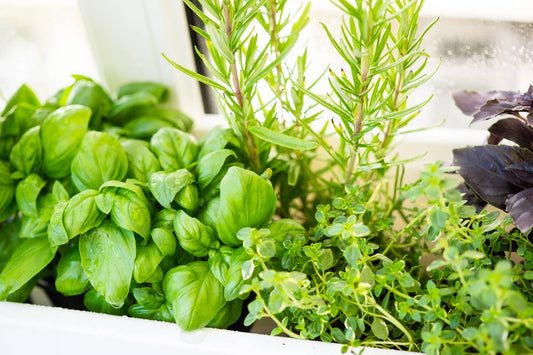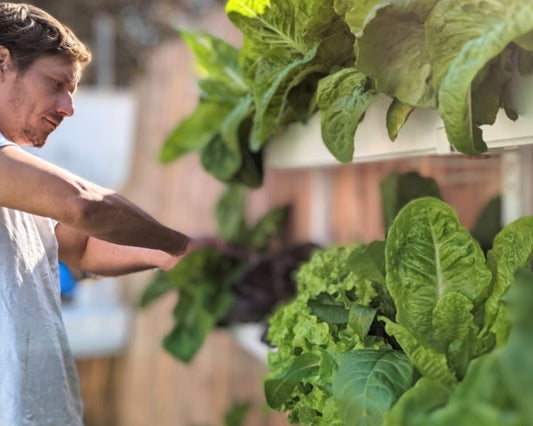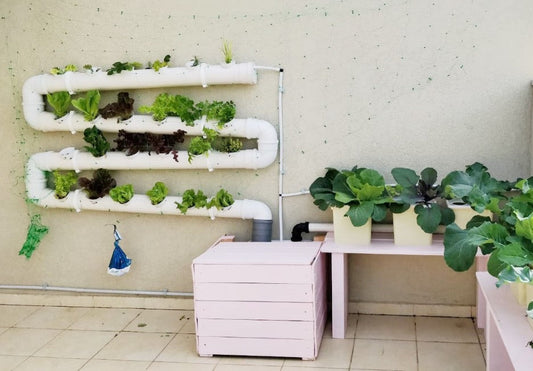Hydroponic gardening offers a highly efficient and controlled way to grow fresh produce, but choosing between an indoor or outdoor setup depends on several factors, including available space, climate, and desired plant varieties. Understanding the key differences between the two will help you optimize your hydroponic garden for maximum growth and yield.
Growing Hydroponically Outdoors
Outdoor hydroponic systems take advantage of natural resources such as sunlight, wind, CO2, and seasonal temperature shifts. This method allows plants to follow their natural growth cycles while minimizing the need for artificial light and environmental regulation.
Benefits of Outdoor Hydroponics
- Harnesses natural sunlight – Reducing the need for grow lights, which can save energy costs.
- Utilizes fresh air circulation – Wind naturally strengthens plant stems and promotes better air exchange.
- Seasonal alignment – Outdoor crops can follow natural planting cycles, ensuring healthy growth.
- Cost-effective – Fewer artificial inputs are needed, reducing electricity and climate control costs.
Challenges of Outdoor Hydroponics
- Seasonal dependence – Growth is affected by climate and weather conditions.
- Exposure to pests – Outdoor environments may require additional pest management.
- Uncontrolled humidity and temperature fluctuations – Unexpected weather changes can impact plant health.
How to Optimize Your Outdoor Hydroponic System
To get the most from outdoor hydroponics, ensure your system receives at least 4 hours of direct sunlight per day. Protect plants from extreme temperatures by using shade covers in hot climates or greenhouse structures to extend growing seasons. If pests become an issue, consider integrated pest management techniques, such as companion planting or organic insect repellents.
Growing Hydroponically Indoors
Indoor hydroponic gardens offer year-round growing potential, regardless of external weather conditions. By creating a controlled environment, growers can optimize humidity, airflow, temperature, and light for continuous plant production.
Benefits of Indoor Hydroponics
- Year-round growing – No seasonal limitations mean fresh produce is always available.
- Complete environmental control – Temperature, humidity, and light can be precisely adjusted for optimal plant health.
- Fewer pest problems – A sealed indoor environment minimizes exposure to insects and plant diseases.
- Space-efficient – Indoor setups can be vertical, maximizing yield per square foot.
Challenges of Indoor Hydroponics
- Higher energy requirements – Indoor gardens rely on artificial lighting and environmental controls.
- Increased setup costs – Grow lights, ventilation, and monitoring systems add to initial investments.
- CO2 and airflow regulation – Plants rely on proper ventilation and air circulation to thrive.
How to Optimize Your Indoor Hydroponic System
To keep plants healthy indoors, provide adequate grow lights (LED or fluorescent) to replicate natural daylight cycles. Use timers to maintain a balanced day/night rhythm and small fans to improve airflow, preventing mold and disease. If growing multiple plants in a sealed indoor environment, consider monitoring CO2 levels and humidity for optimal plant development.
Which Hydroponic Setup is Right for You?
Choosing between indoor and outdoor hydroponics depends on your specific growing goals. If you prefer a low-maintenance system that uses natural resources, outdoor hydroponics may be ideal. However, if you want year-round control and consistent harvests, an indoor hydroponic system will allow for precise climate and nutrient management.
Regardless of the choice, both indoor and outdoor hydroponics offer a sustainable, efficient, and rewarding way to grow fresh produce at home. By optimizing your setup according to your space, climate, and plant needs, you can enjoy a thriving hydroponic garden with abundant and high-quality yields.




